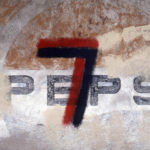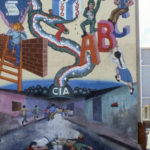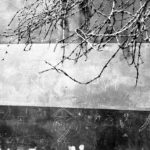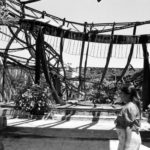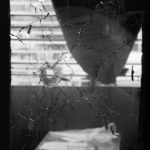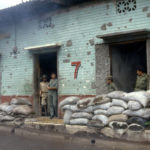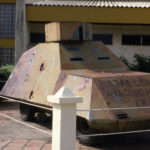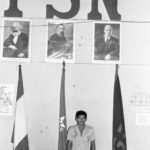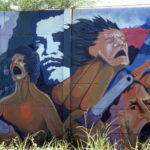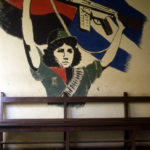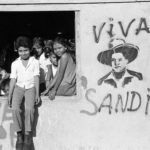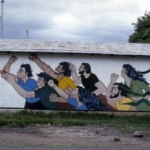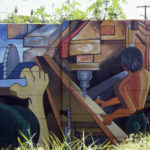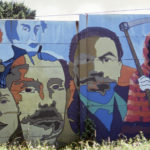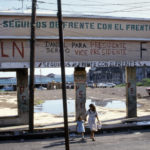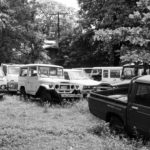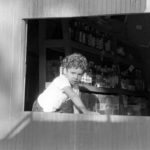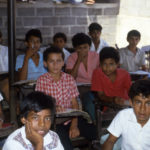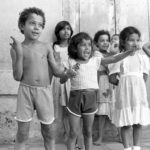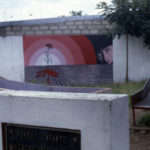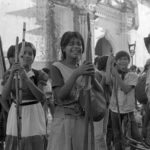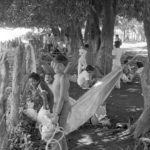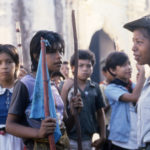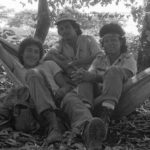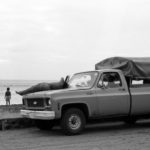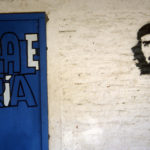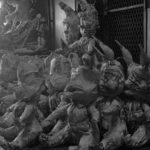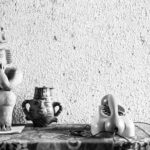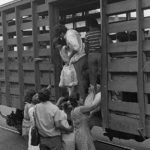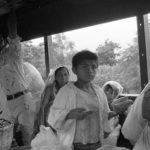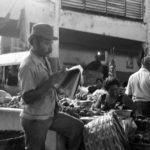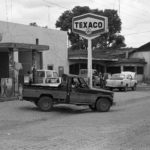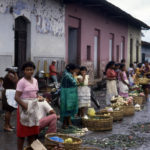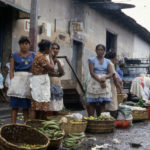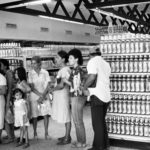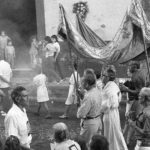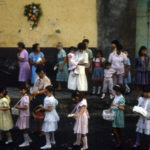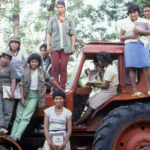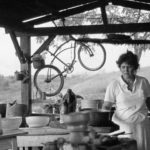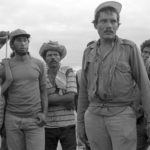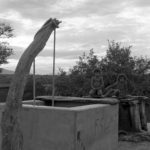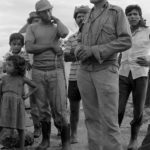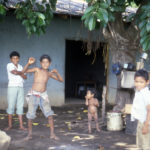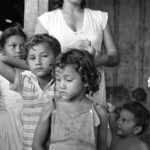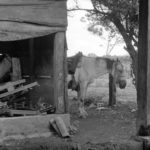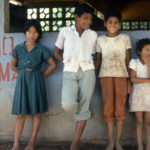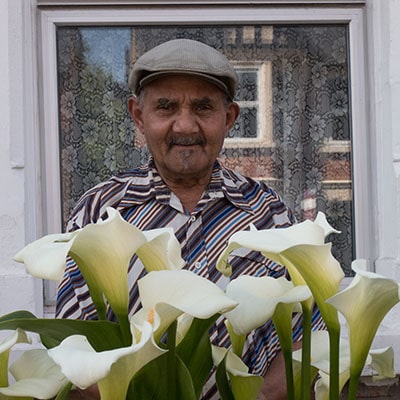Nicaragua: the threat of a good example
These photographs were taken over a three week period in the autumn of 1986. I was leader of a twinning delegation from Oxford to its newly ‘twinned’ city of Leon in Nicaragua.
The context was that after the revolution of 1978-79 in which the Sandinista’s overthrew the dictatorship of Gen Somoza, a new revolutionary government under the leadership of guerilla-fighter-turned-politician Daniel Ortega had taken power and was instituting widespread reforms. President Reagan was in the White House, the ‘Cold War’ was still very much on, memories of Russian influence in Cuba twenty years earlier were still fresh in some people’s memories, and the idea that a ‘revolutionary’ government could take root in a country that was very much seen as America’s ‘back yard’ was unacceptable. Direct intervention was not longer seen as practicable, but supporting opposition fighters, the Contras, was a high priority for the US administration. By contrast many people in Europe (and on the left in the US) saw Nicaragua as something of a beacon of change and were determined to support it. Hence the twinning link between Oxford and Leon, which endures to this day.
Leon is the second city of Nicaragua and hosts its main university. The link with Oxford had only been established earlier in the year and regular visits by delegations bringing visible support and resources such as teaching aids, were part of the process.
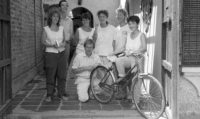
These photographs record that visit which took place shortly after the seventh anniversary of the revolution and at a time when Contra military activities and the process of reconstruction after the revolutionary insurrection were going hand in hand. There was a sense of hope and libertion as education, health, agricultural reform, the emancipation of women and other policies designed to help the poorest and most marginalised in society were being rolled out by the Sandinista government. At the same time there was tension in the air as concerns about possible US intervention and the activities of their proxies the Contras, were real. These photographs reflect both the optimism and the challenges. Needless to say it hasn’t all worked out as hoped, and the then youthful and charismatic revolutionary leader Daniel Ortega, has adopted the traditional Central American strong-man style and is still the President forty years later.
The pictures are divided into three broad groups and they show both the changes being wrought, the traditions that have been retained, and the poverty that remains to be tackled. They also demonstrate a sense of emancipation and possibility; women tractor drivers, the ‘Exploradores’ youth group camping at the weekend, a flourishing of arts and culture. They were mainly taken in and around Leon and nearby La Ceiba, but also in Poneloya and Chinandega on the Pacific coast, Esteli and La Trinidad in the moutainous north, and Managua and Granada in the south. Fifteen of them were published in a booklet on the twinning link ‘Meeting our partners: impressions of Leon, Nicaragua’ in 1987, and others in development and youth publications. They were taken using a Nikon FM with 28-70mm lens and Tri-X and Kodak colour slide film. Click on each ’tile’ to see the full picture.
War and reconstruction
building the future
agricultue and the countryside
